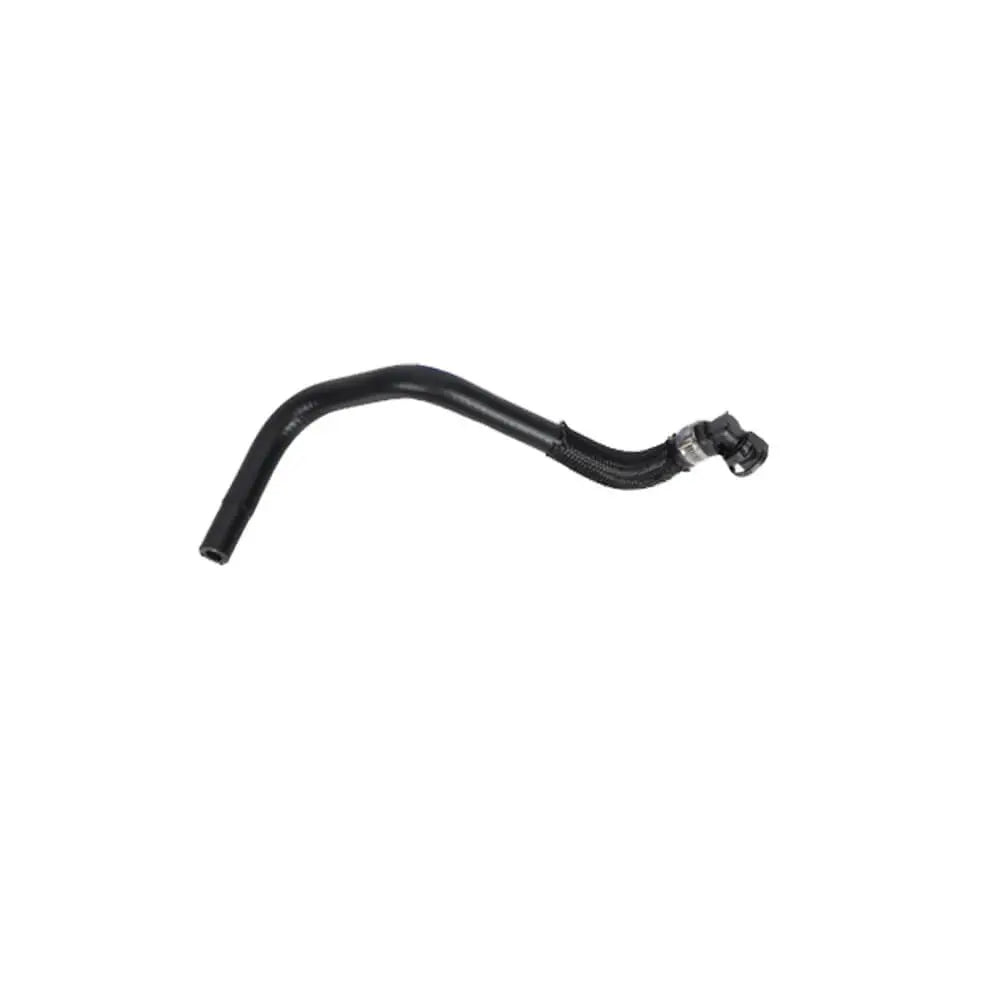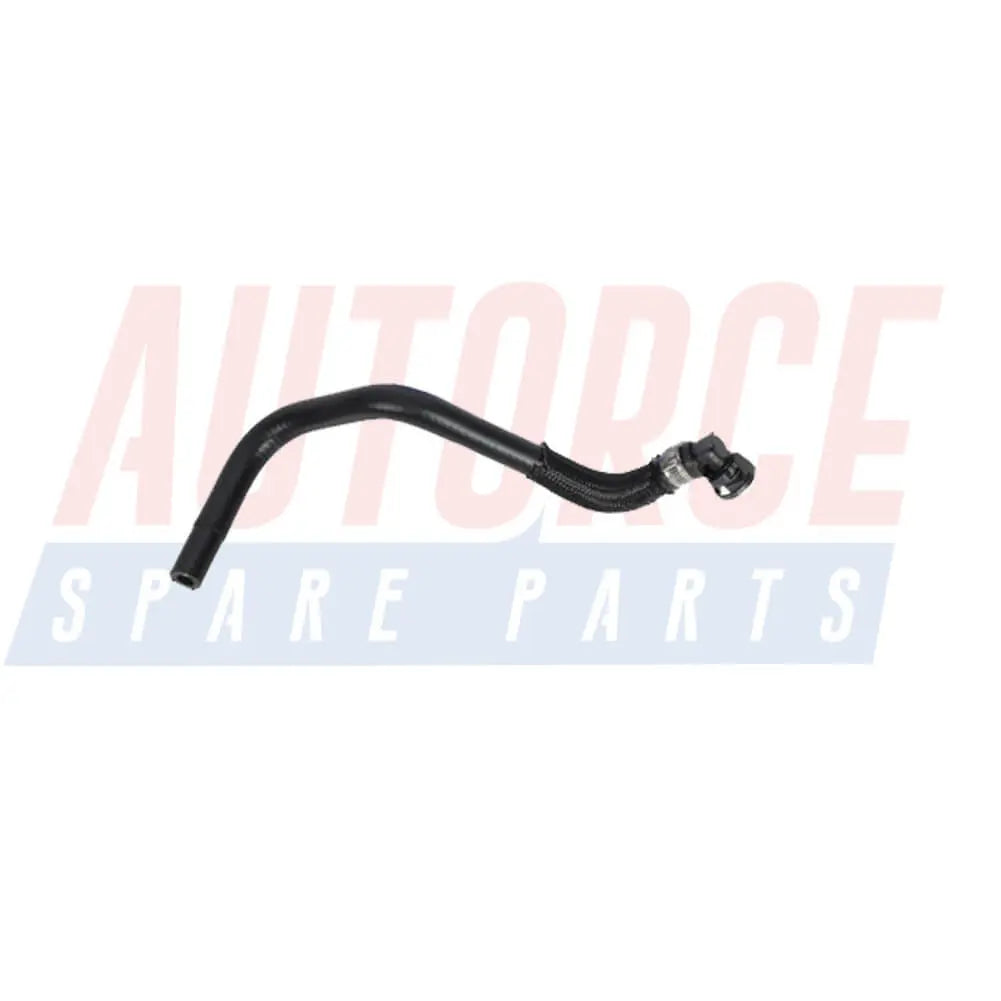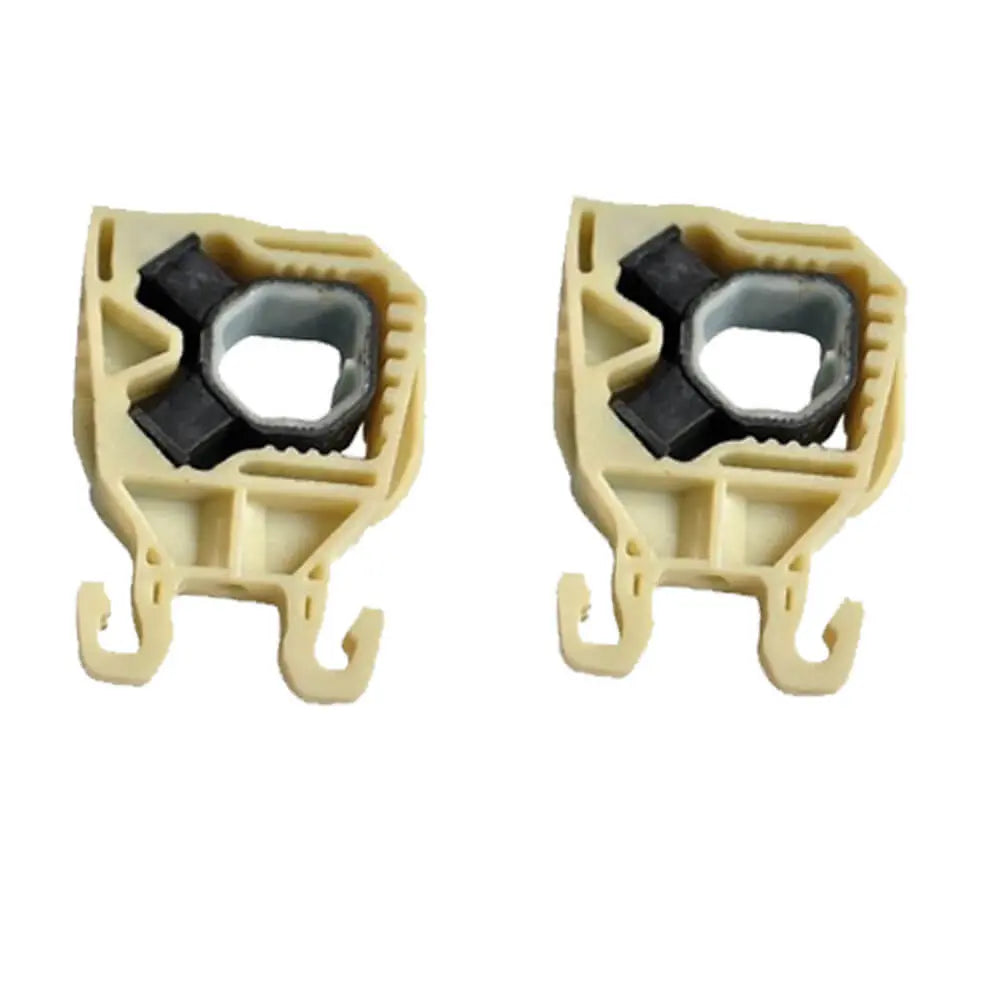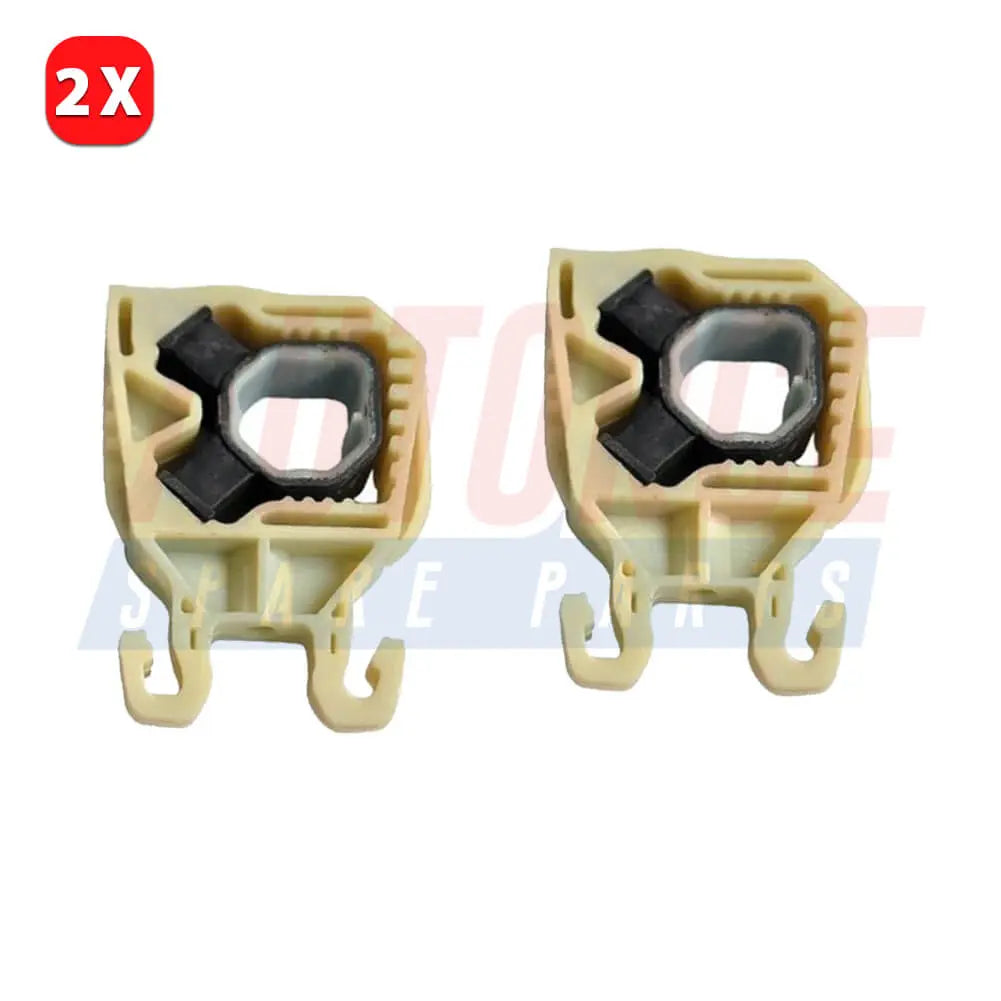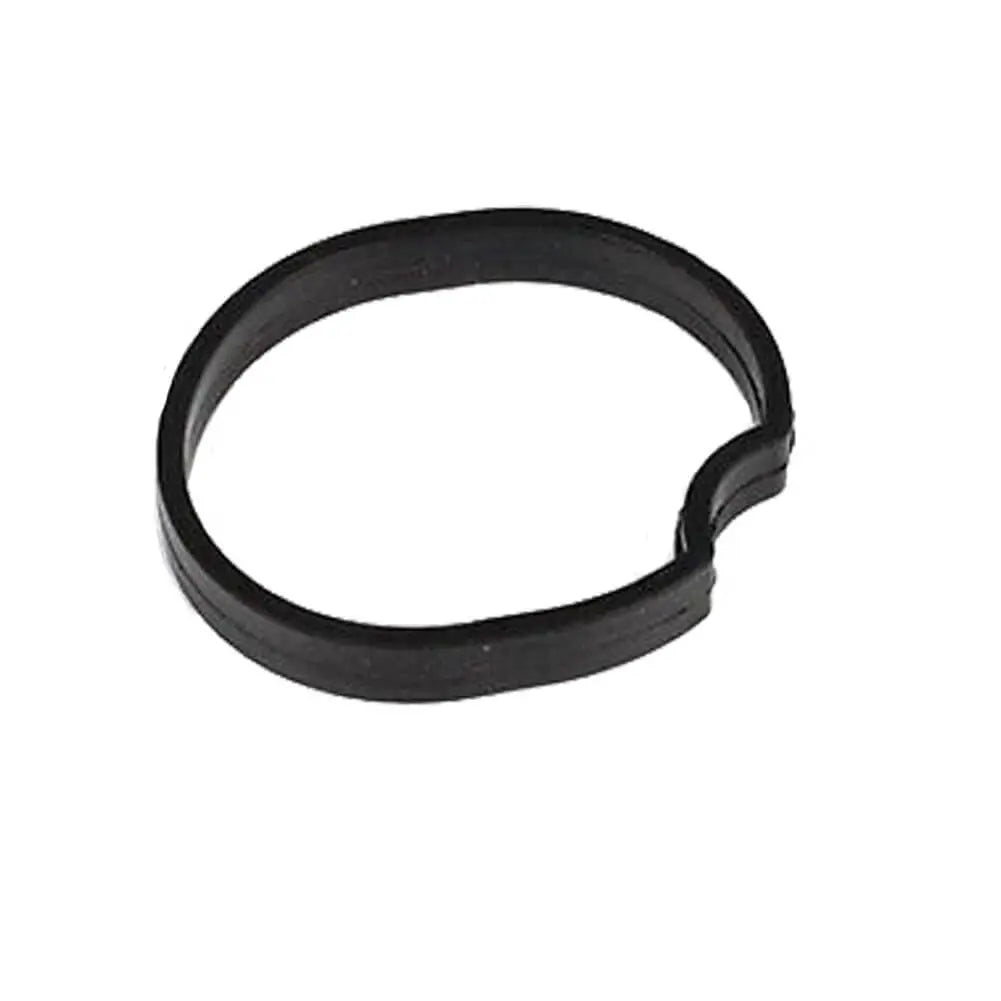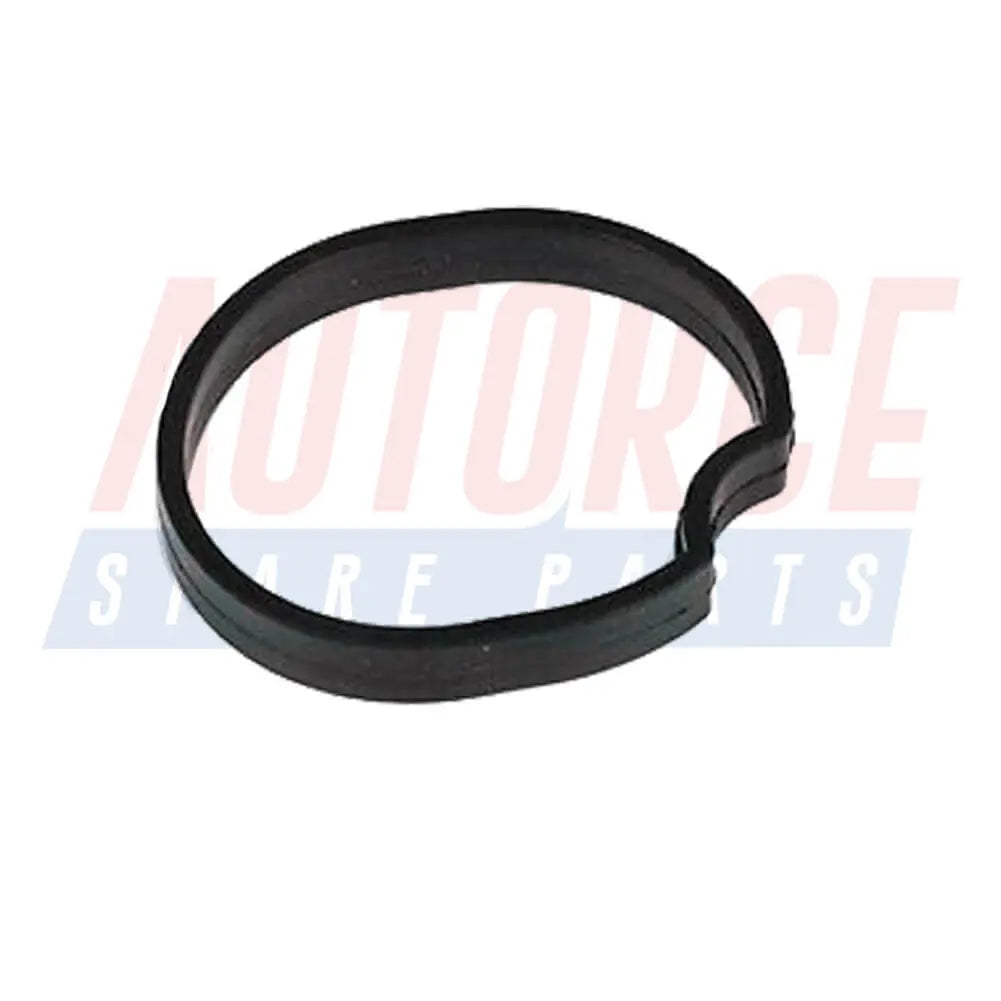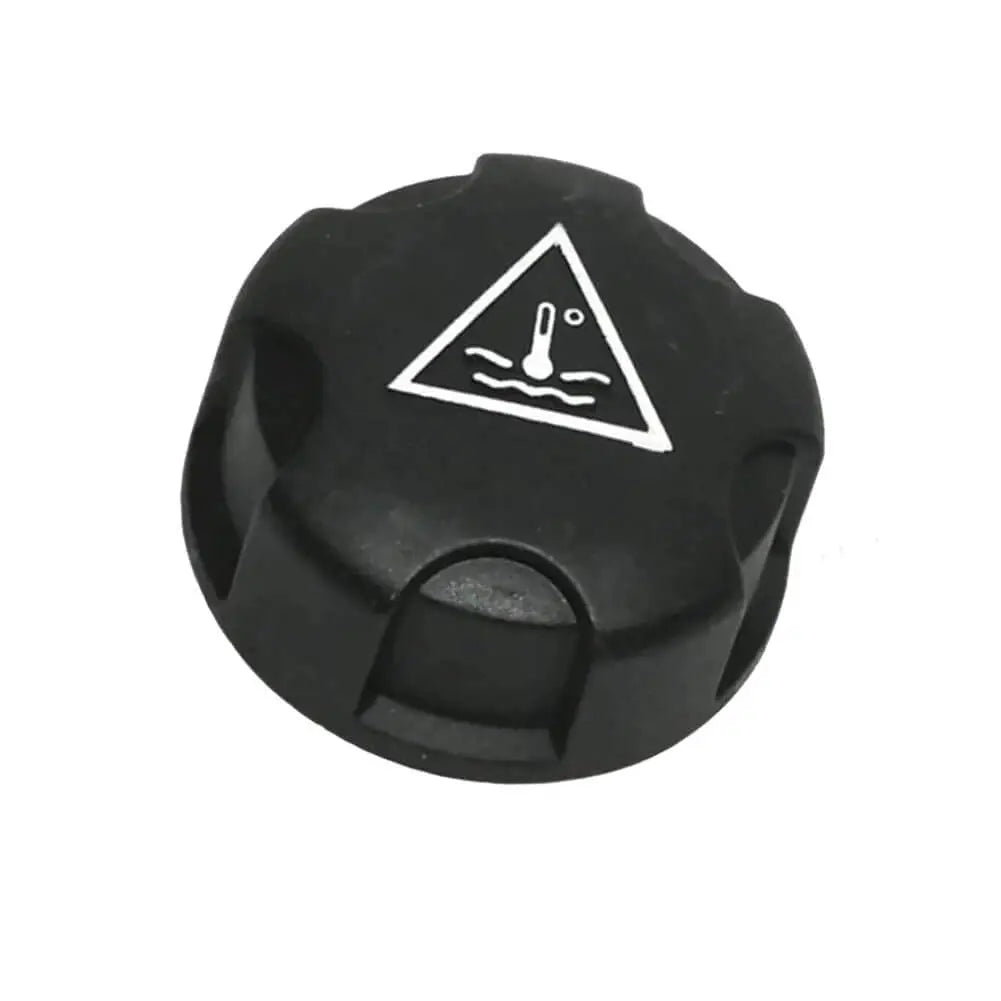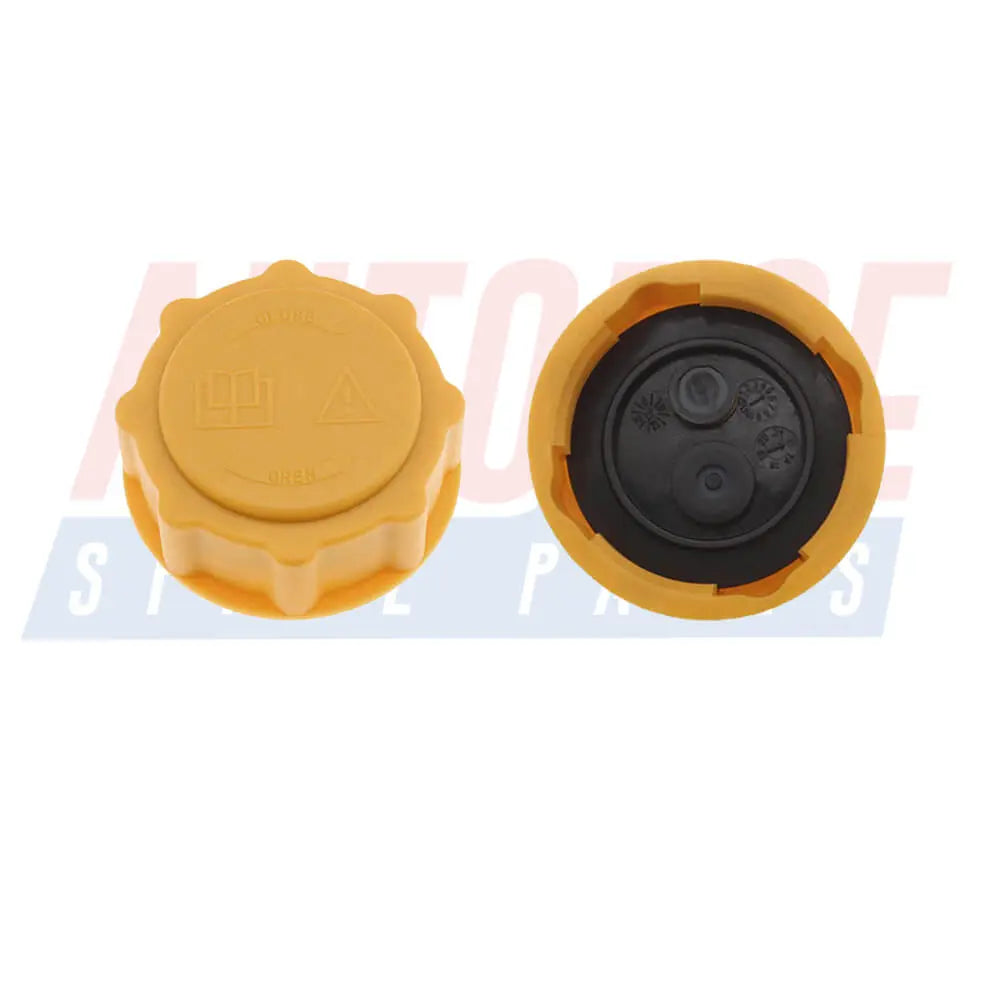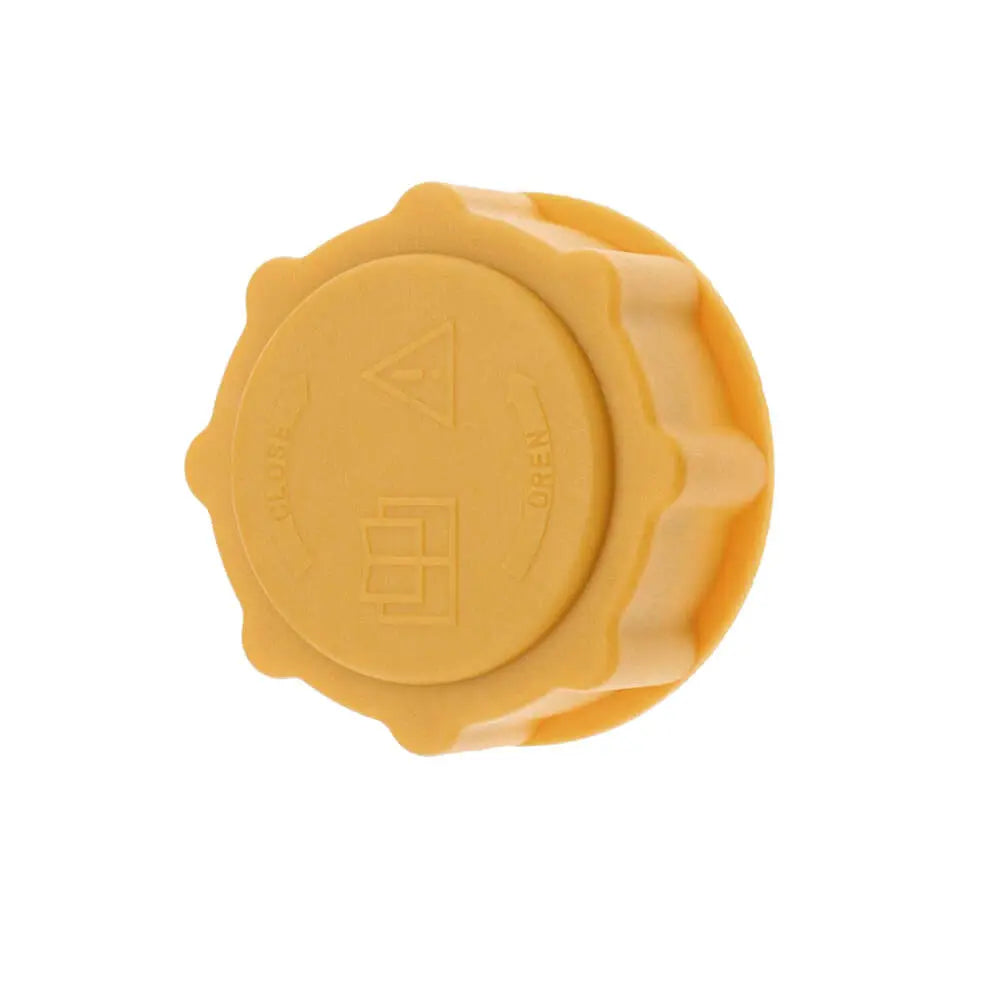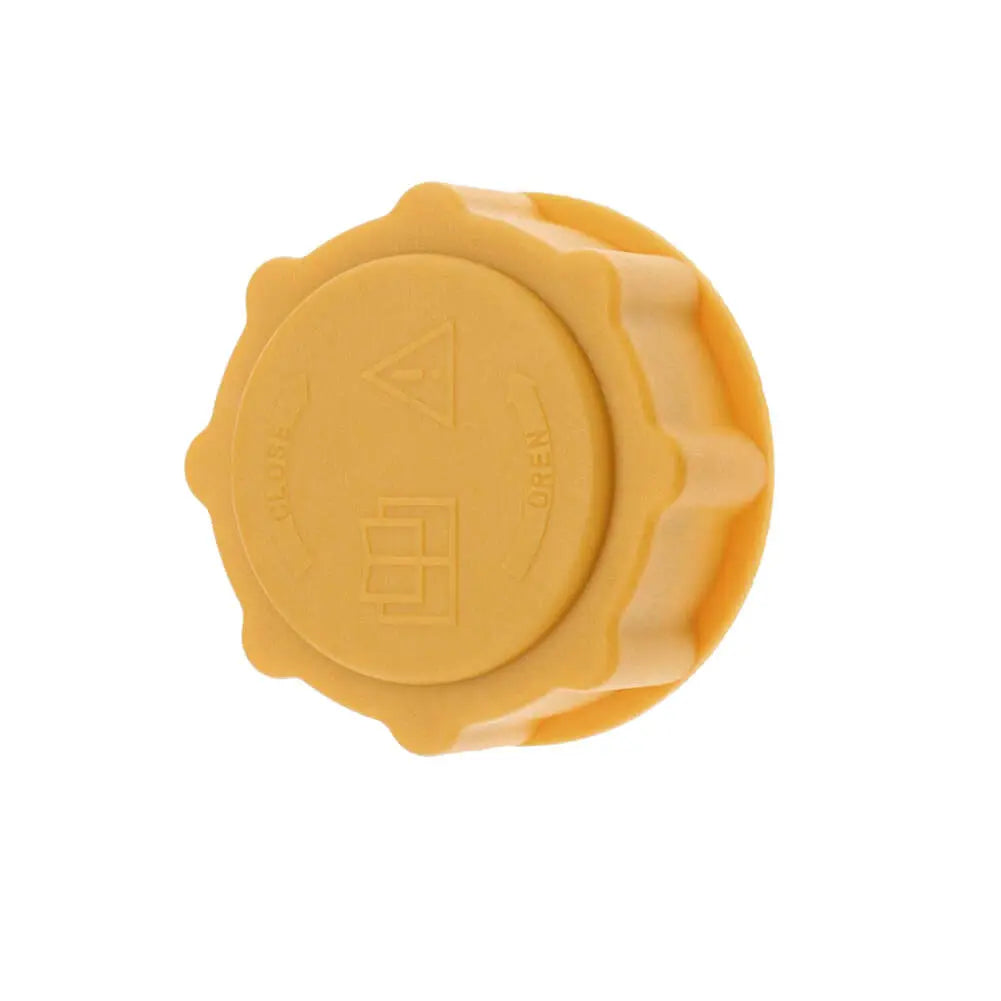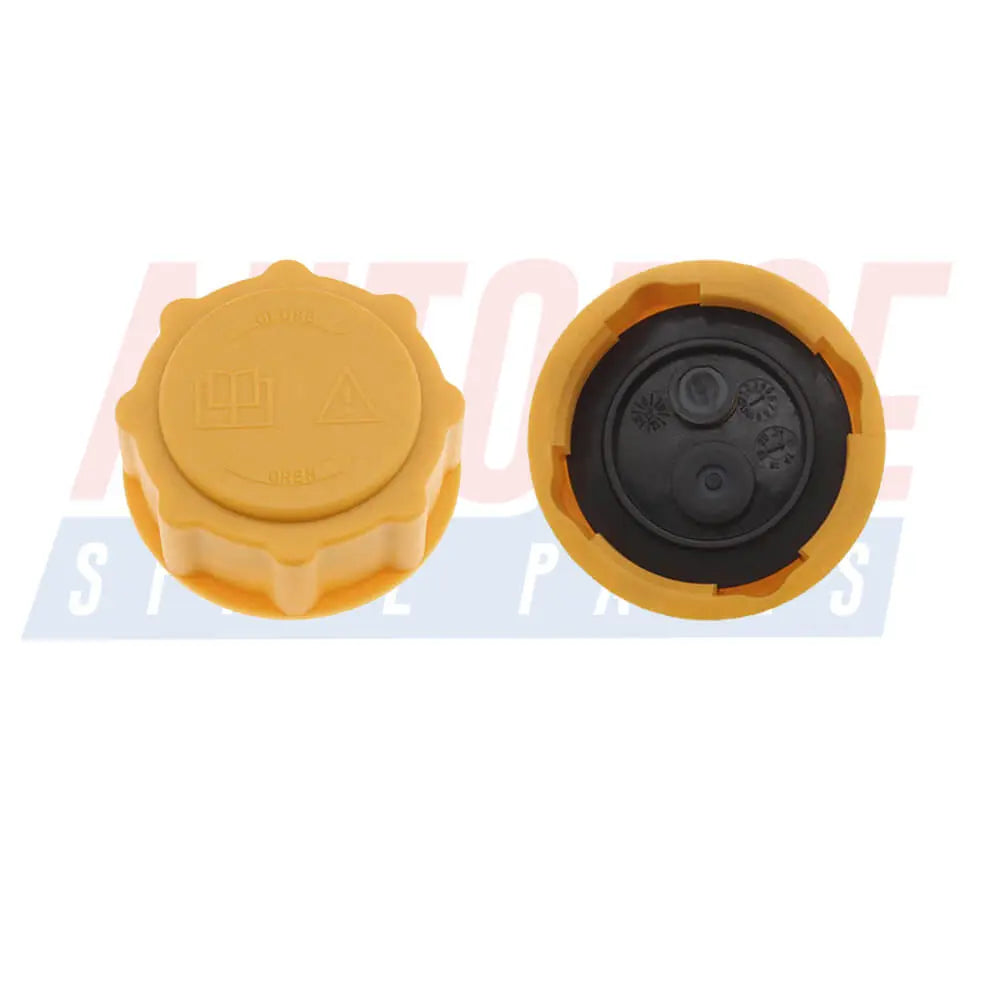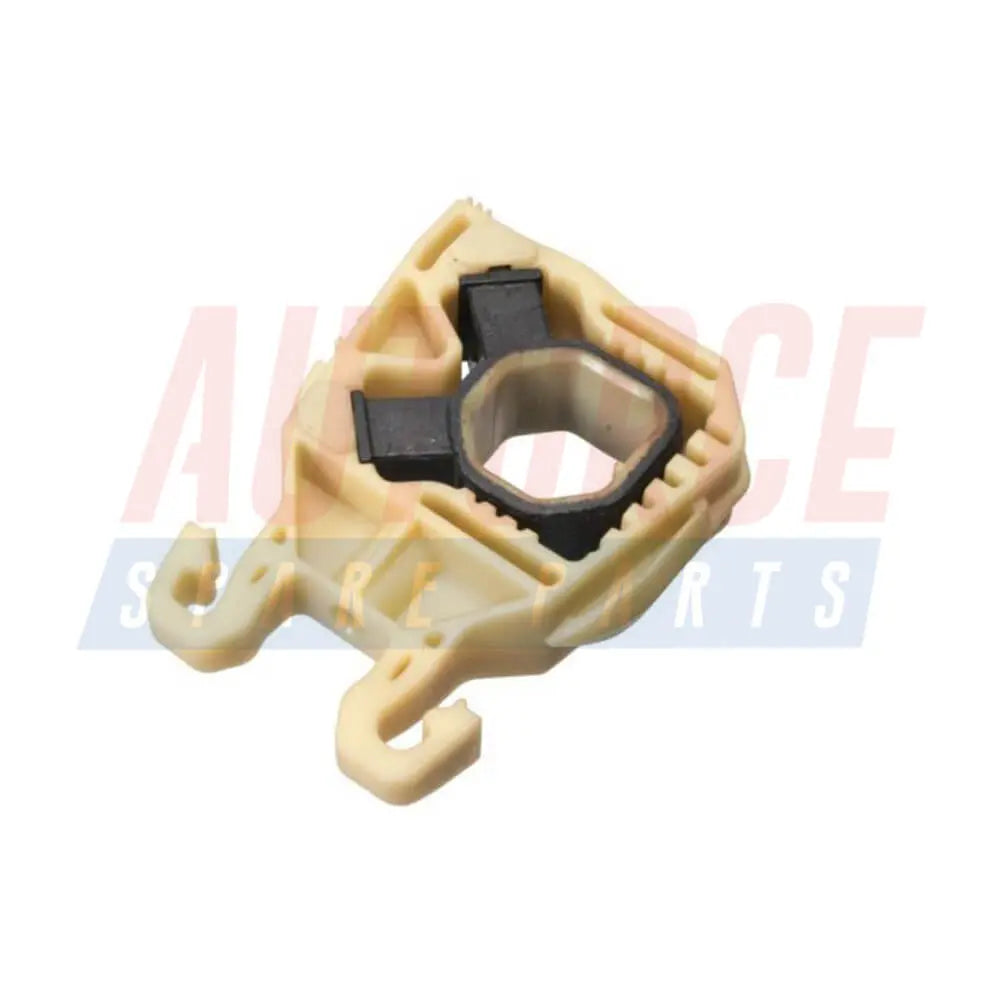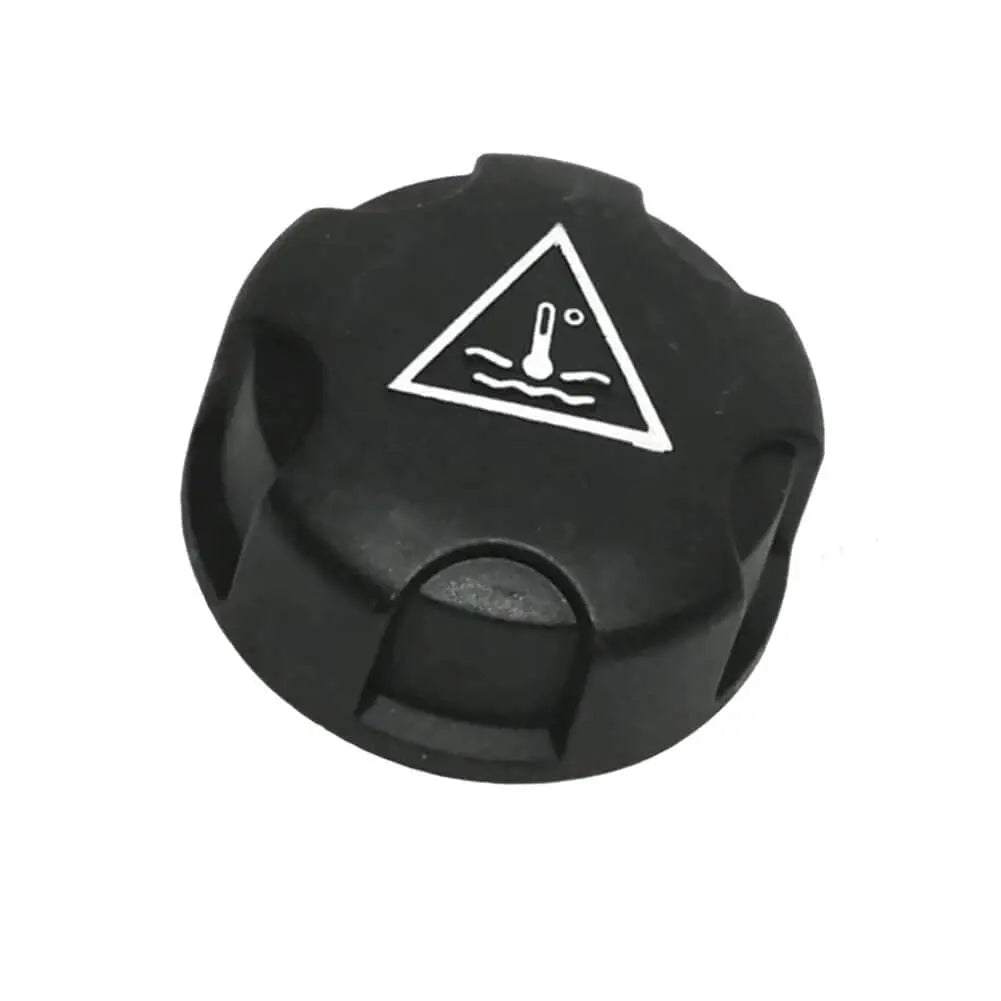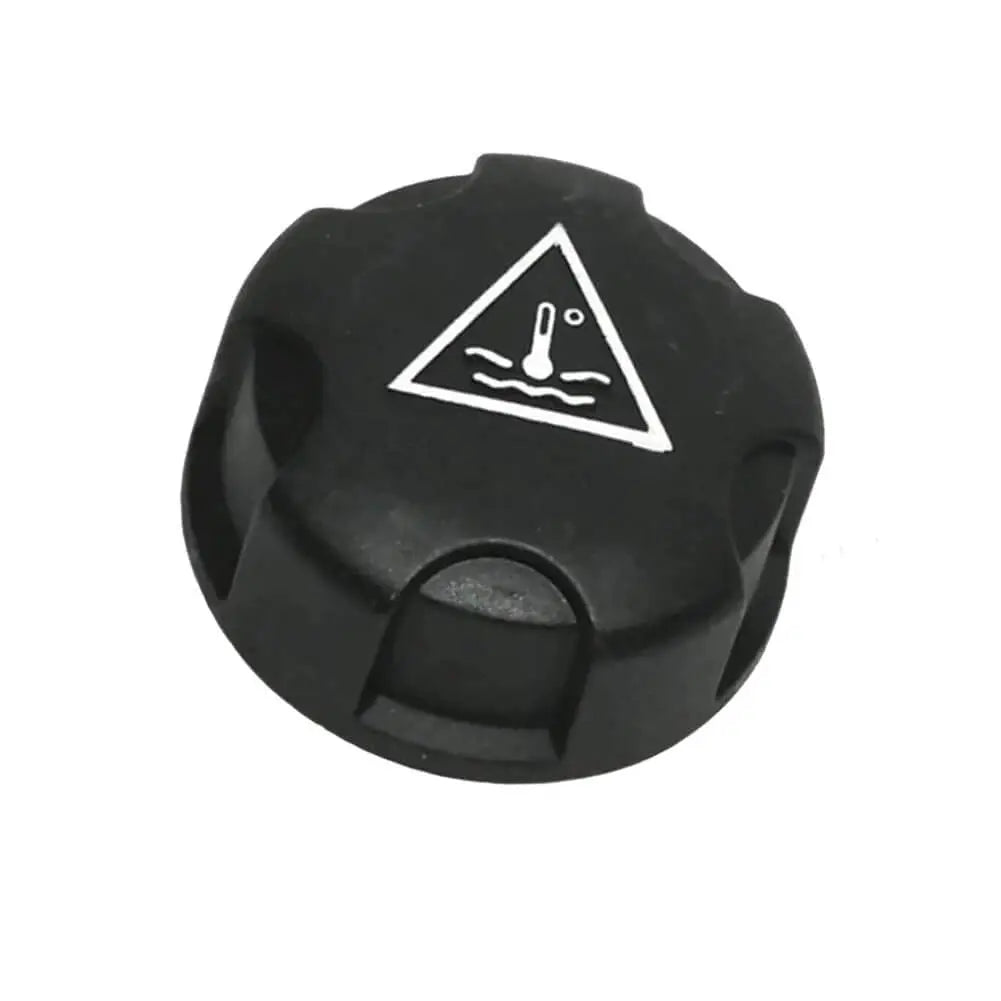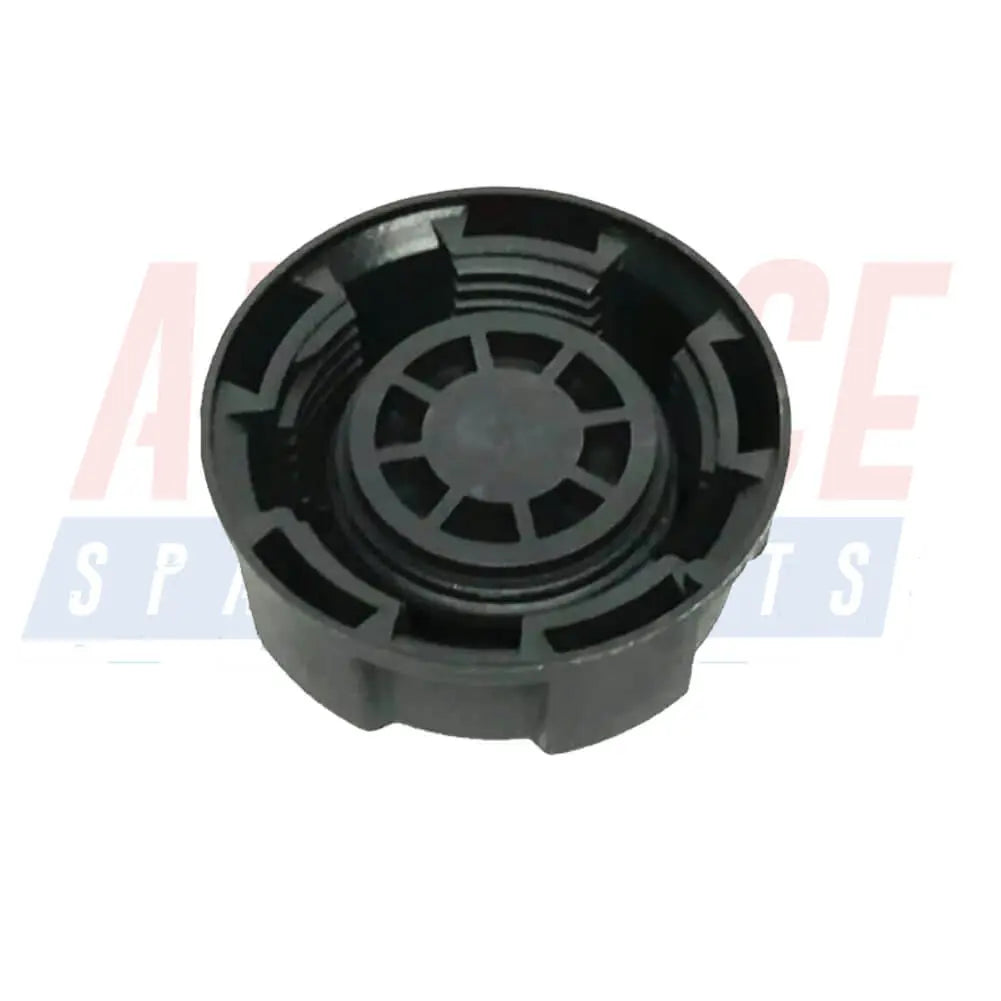Shop by Category
Engine Cooling System
46 products
Showing 1 - 24 of 46 products
Understanding the Engine Cooling System: Exploring Expansion Tank Caps, Thermostats, and Radiator Mounting Parts for Cars
A properly functioning engine cooling system is crucial for maintaining optimal engine temperature and preventing overheating, which can lead to serious engine damage. Several components play key roles in this system, including the expansion tank cap, thermostat, and radiator mounting parts. In this article, we will delve into the functions and importance of these components, highlighting their role in maintaining the engine's cooling efficiency.Expansion Tank Cap:
The expansion tank cap, also known as the radiator cap, is a small yet vital component in the engine cooling system. It is typically located on top of the radiator or an overflow tank. The primary function of the expansion tank cap is to maintain the system's pressure and facilitate the efficient transfer of coolant between the radiator and the overflow tank.When the engine reaches its operating temperature, the coolant expands, increasing the pressure within the system. The expansion tank cap is designed with a pressure relief valve, allowing excess pressure to escape and preventing damage to the cooling system. Additionally, the cap helps maintain the appropriate pressure to raise the coolant's boiling point, enhancing the system's overall efficiency.
Thermostat:
The thermostat is a crucial component that regulates the engine's operating temperature by controlling the flow of coolant through the cooling system. Typically located between the engine and the radiator, the thermostat remains closed when the engine is cold, preventing coolant circulation and allowing the engine to warm up quickly.Once the engine reaches its optimal operating temperature, the thermostat opens, allowing coolant to flow from the engine to the radiator. This process facilitates heat transfer from the engine to the radiator, where the coolant is cooled before returning to the engine. By regulating coolant flow, the thermostat ensures that the engine operates within the ideal temperature range, promoting fuel efficiency and minimizing wear and tear on engine components.
Radiator Mounting Parts:
The radiator, responsible for dissipating heat from the coolant, is a vital component of the engine cooling system. To ensure proper functioning and longevity, the radiator needs to be securely mounted in the vehicle's engine compartment. Radiator mounting parts, including brackets, rubber mounts, and fasteners, play a crucial role in providing stability and vibration isolation for the radiator.These mounting parts help secure the radiator in place, preventing excessive movement or vibration that could lead to damage. Additionally, they help maintain proper alignment between the radiator and other cooling system components, ensuring effective airflow and heat dissipation. Regular inspection and maintenance of radiator mounting parts are essential to prevent issues such as radiator leaks or misalignment, which can compromise the cooling system's efficiency.
The engine cooling system is a complex network of components that work together to maintain the engine's optimal operating temperature. The expansion tank cap, thermostat, and radiator mounting parts are integral to this system, contributing to its overall efficiency and performance.
The expansion tank cap ensures proper pressure regulation, preventing damage to the cooling system and raising the coolant's boiling point. The thermostat regulates coolant flow, ensuring the engine operates within the ideal temperature range. Lastly, the radiator mounting parts secure the radiator in place, promoting effective heat dissipation.
Understanding these components and their functions empowers car owners and enthusiasts to recognize the importance of regular maintenance and timely replacement. By prioritizing the health of the engine cooling system, drivers can enjoy reliable performance, improved fuel efficiency, and avoid costly repairs associated with engine overheating.
Remember, if you have any concerns about your vehicle's cooling system, it is always recommended to consult a qualified mechanic or automotive professional for accurate diagnosis and repairs.
Showing 1 - 24 of 46 products
Display
View
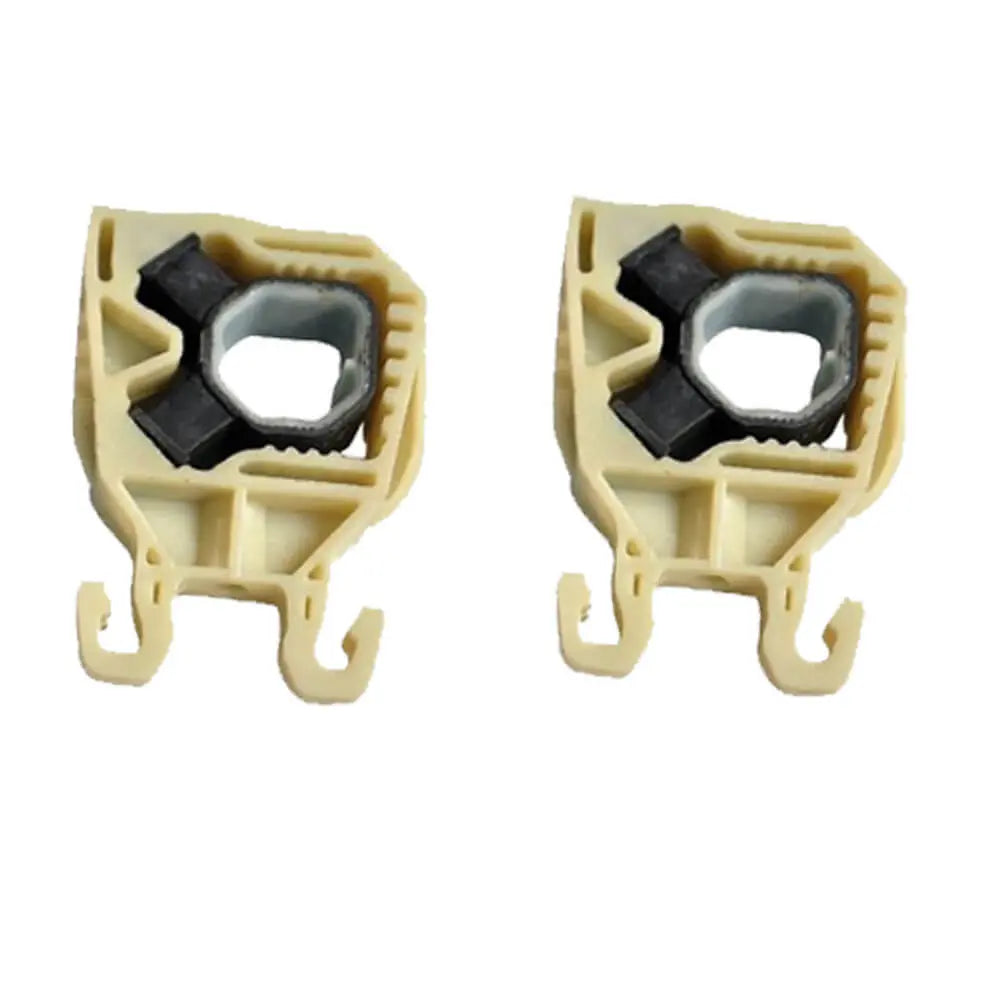
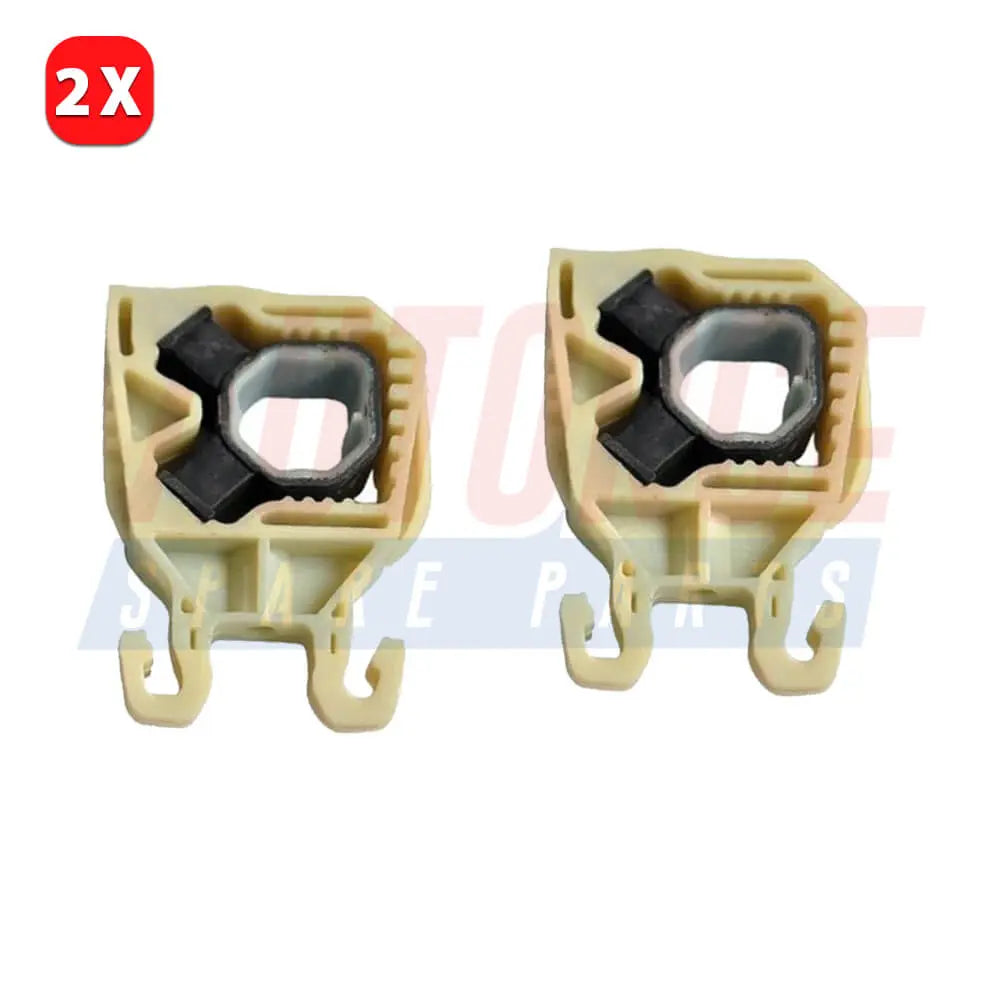
2 Pcs Radiator Mount Bracket For Skoda Octavia Kodiaq (2012 - onwards) - 5Q0121367E, 5Q0121367G
Sale price£10.90
No reviews
Sold outSave £1.39
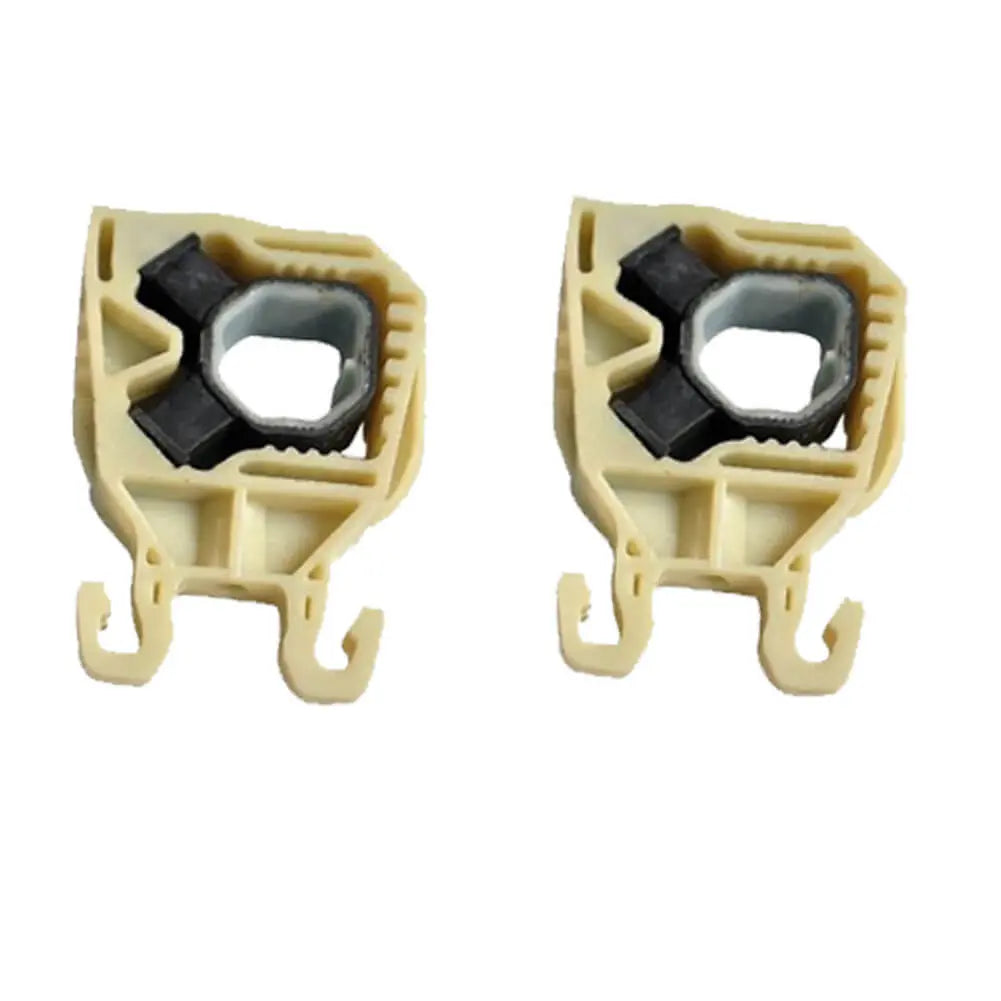

2 Pcs Radiator Mount Bracket For Seat Leon Ateca Ibiza Arona Leon (2012 - onwards) - 5Q0121367G
Sale price£10.90
Regular price£12.29
No reviews
Sold out
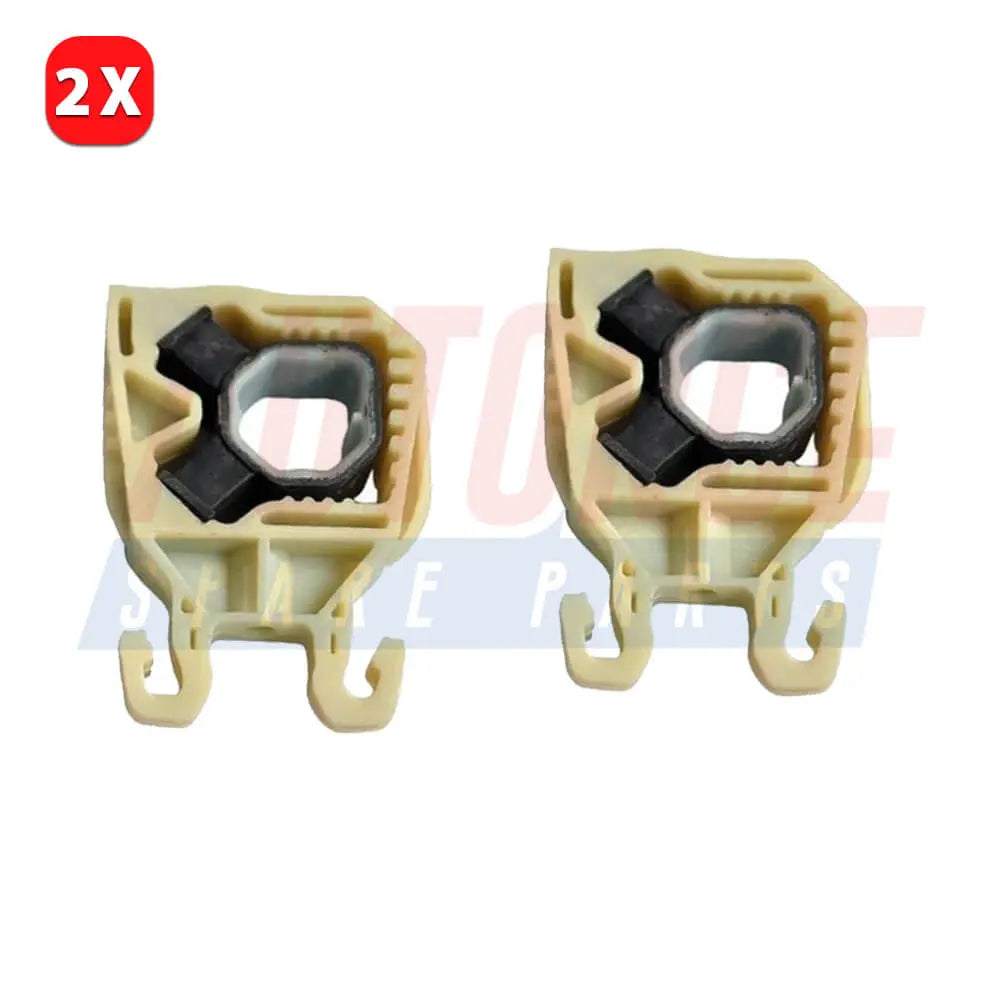
2 Pcs Radiator Mount Bracket For Audi A3 TT Q2 (2012 - onwards) - 5Q0121367E
Sale price£10.90
No reviews
Sold out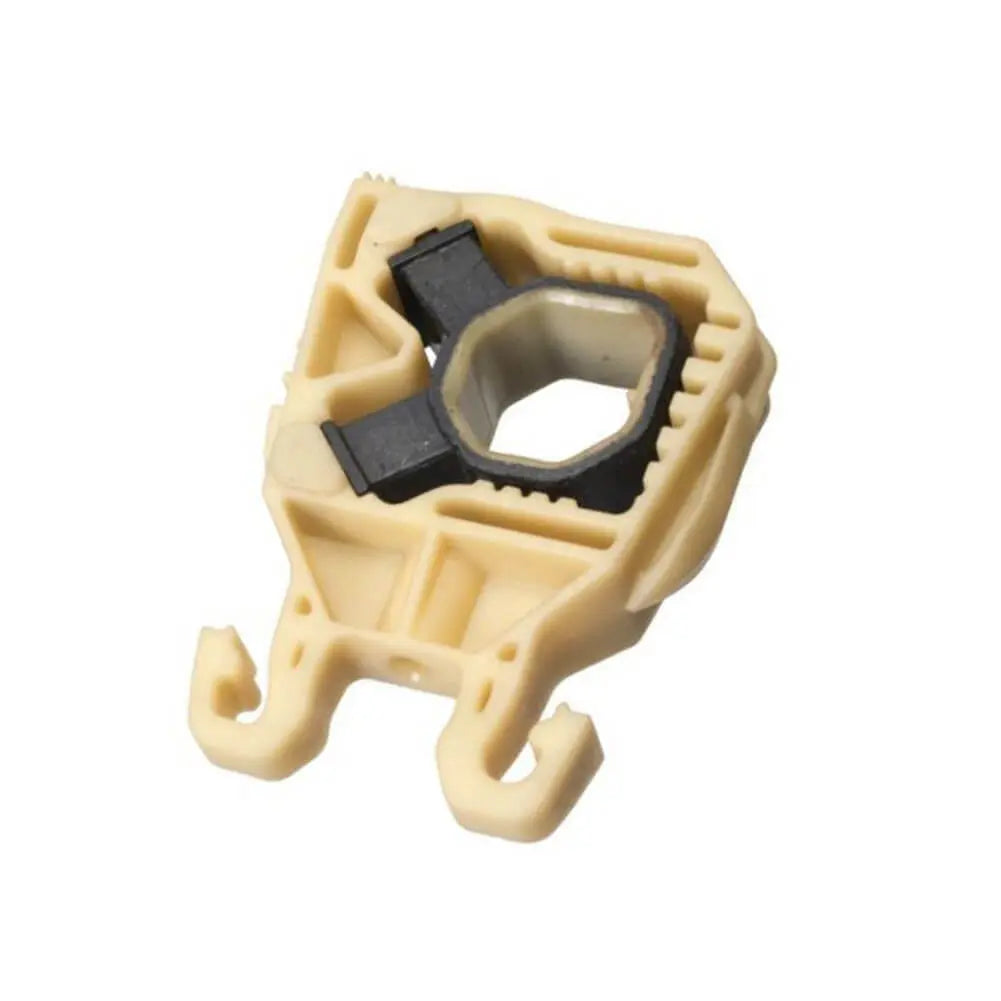
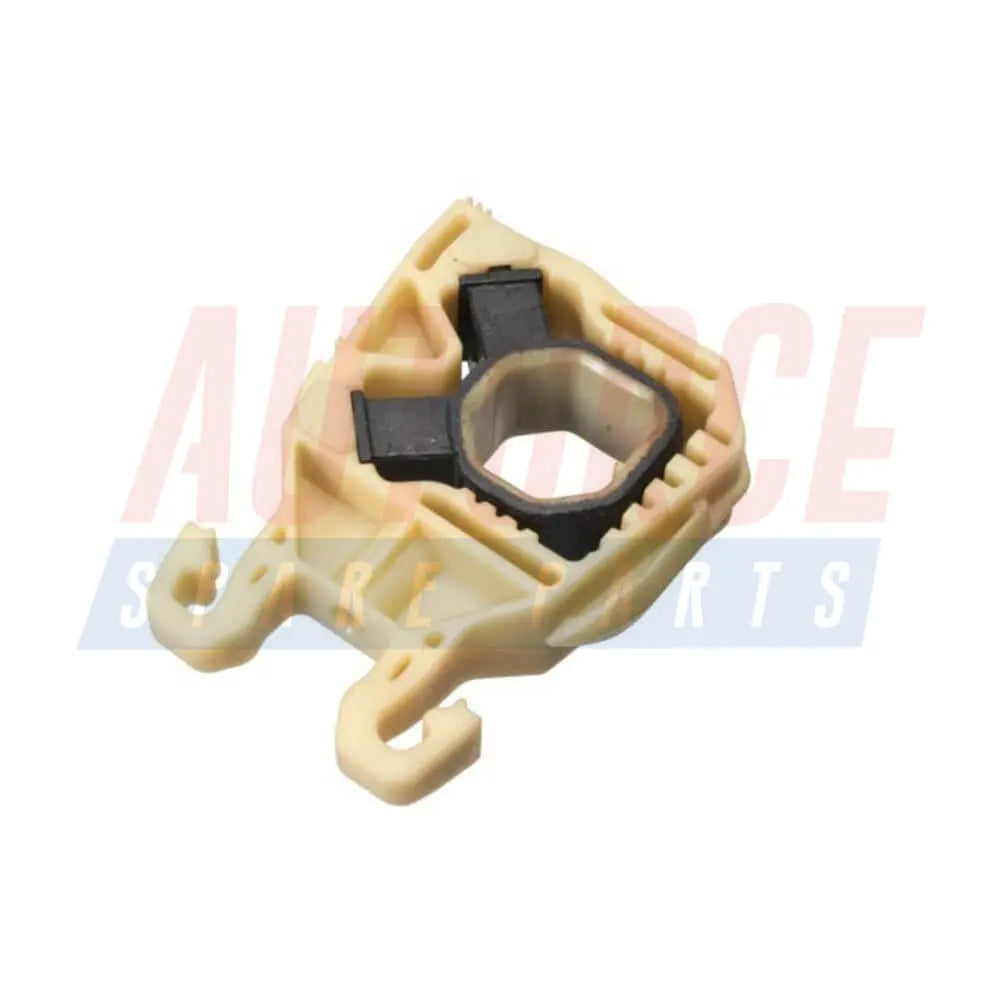
Radiator Mount Bracket For Skoda Octavia Kodiaq (2012 - onwards) - 5Q0121367E, 5Q0121367G
Sale price£5.90
No reviews
Sold out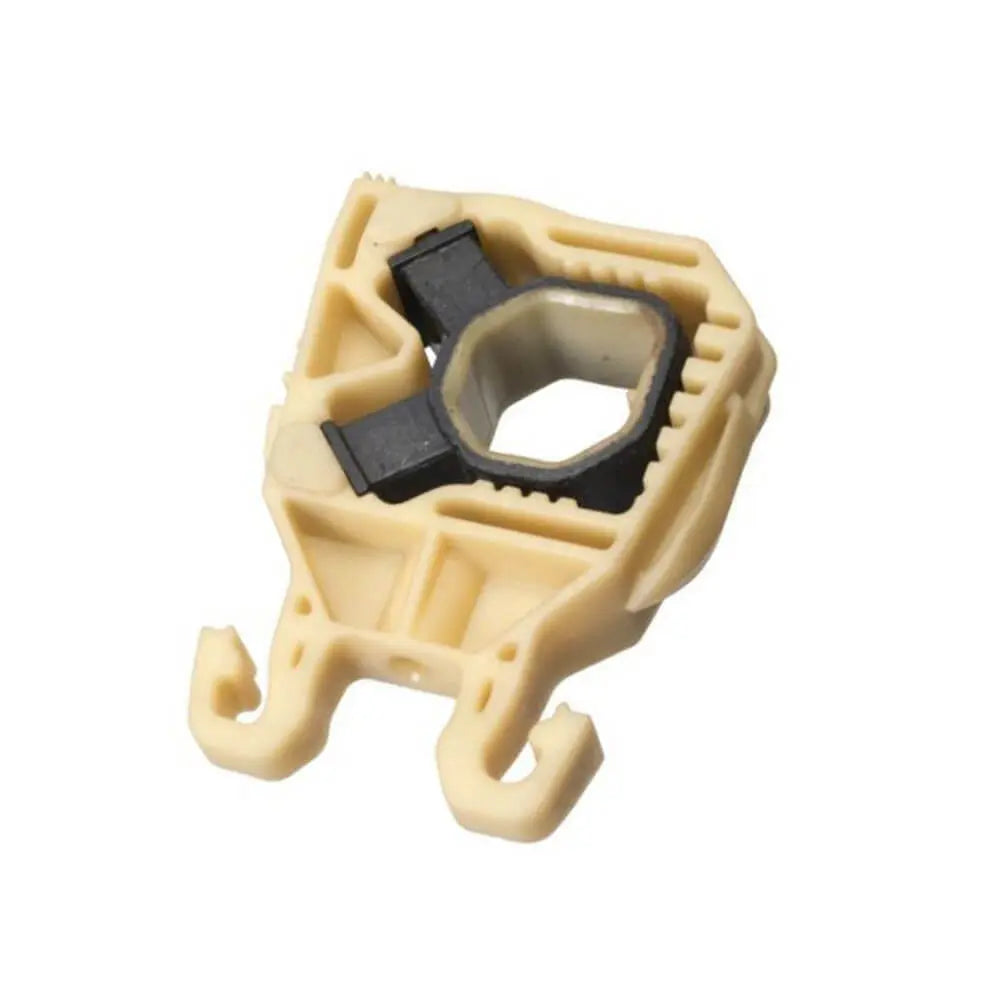

Radiator Mount Bracket For Seat Leon Ateca Ibiza Arona Leon (2012 - onwards) - 5Q0121367G
Sale price£5.90
No reviews
Sold out

Radiator Mount Bracket For Audi A3 TT Q2 (2012 - onwards) - 5Q0121367E, 5Q0121367G
Sale price£5.90
No reviews
Sold outSave £3.91
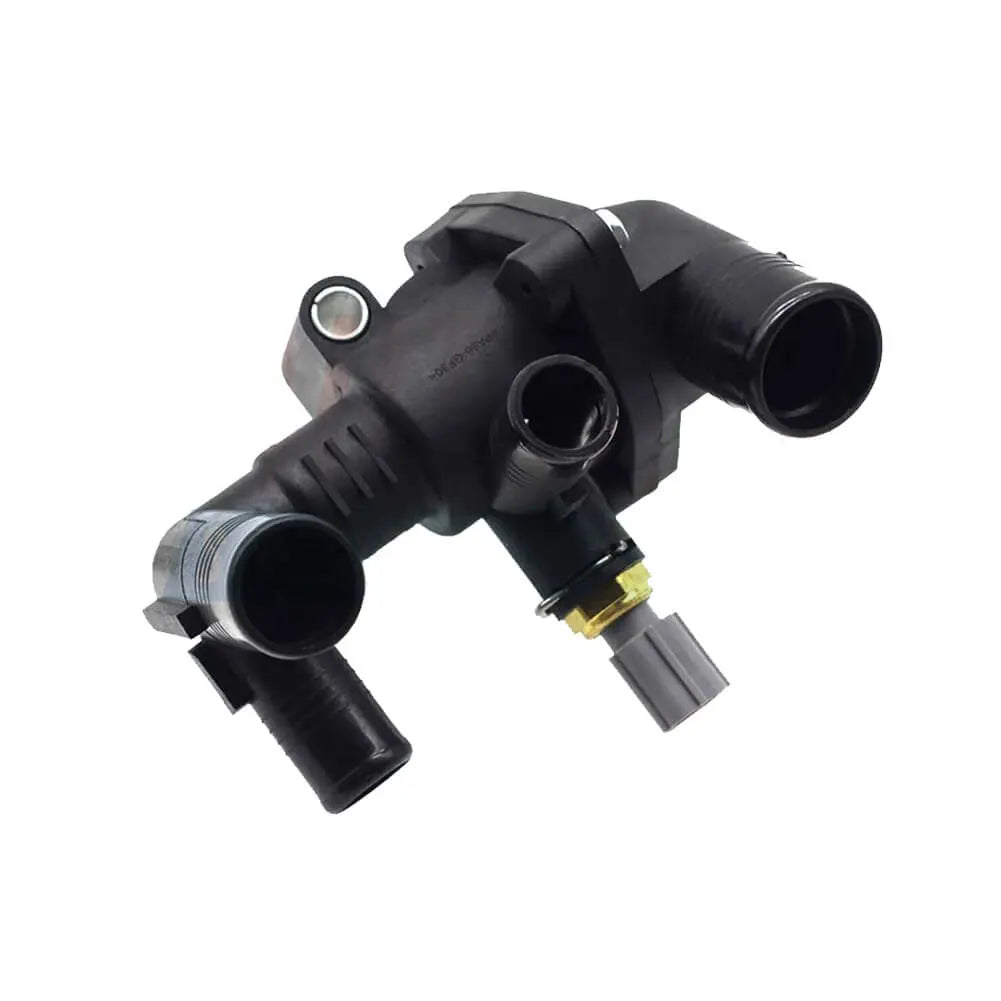

Thermostat Housing With Switch For Peugeot Boxer (2011 - onwards) 2.2 HDi - BK2Q8594AA
Sale price£23.99
Regular price£27.90
No reviews
In stockSave £5.09
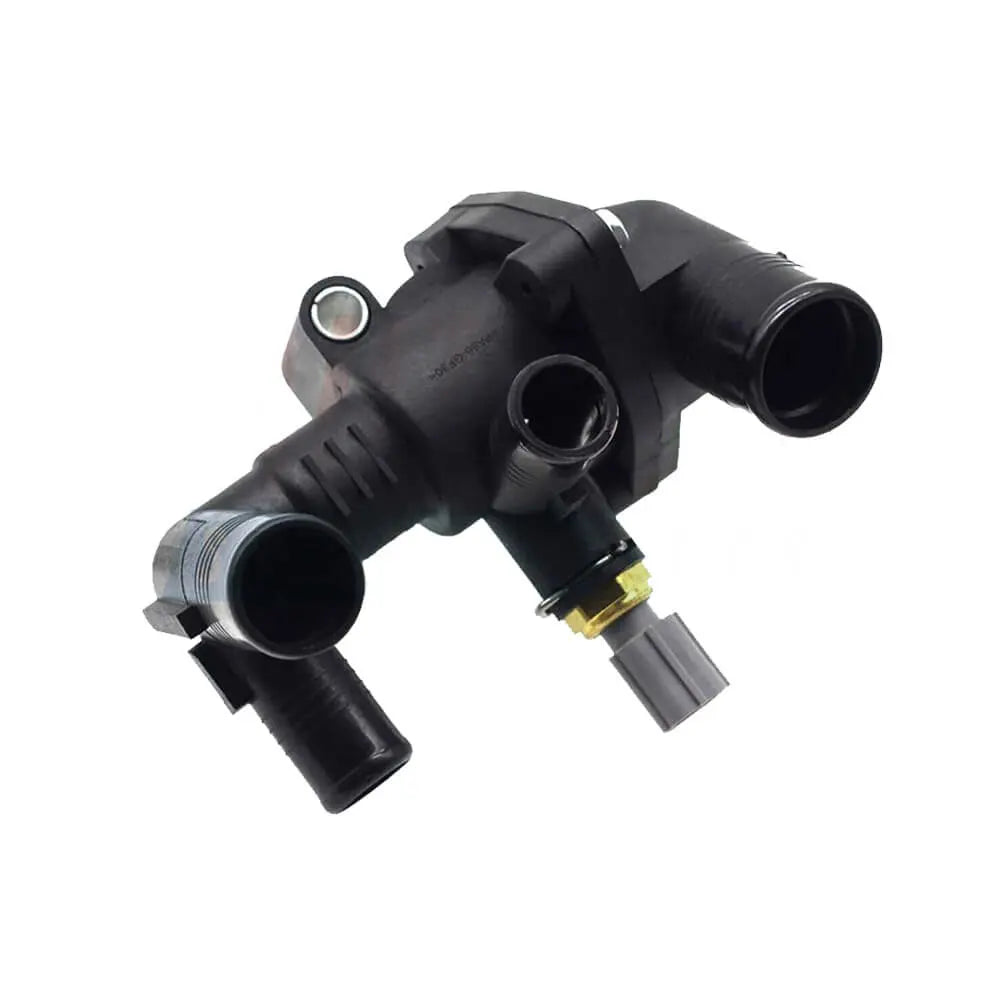
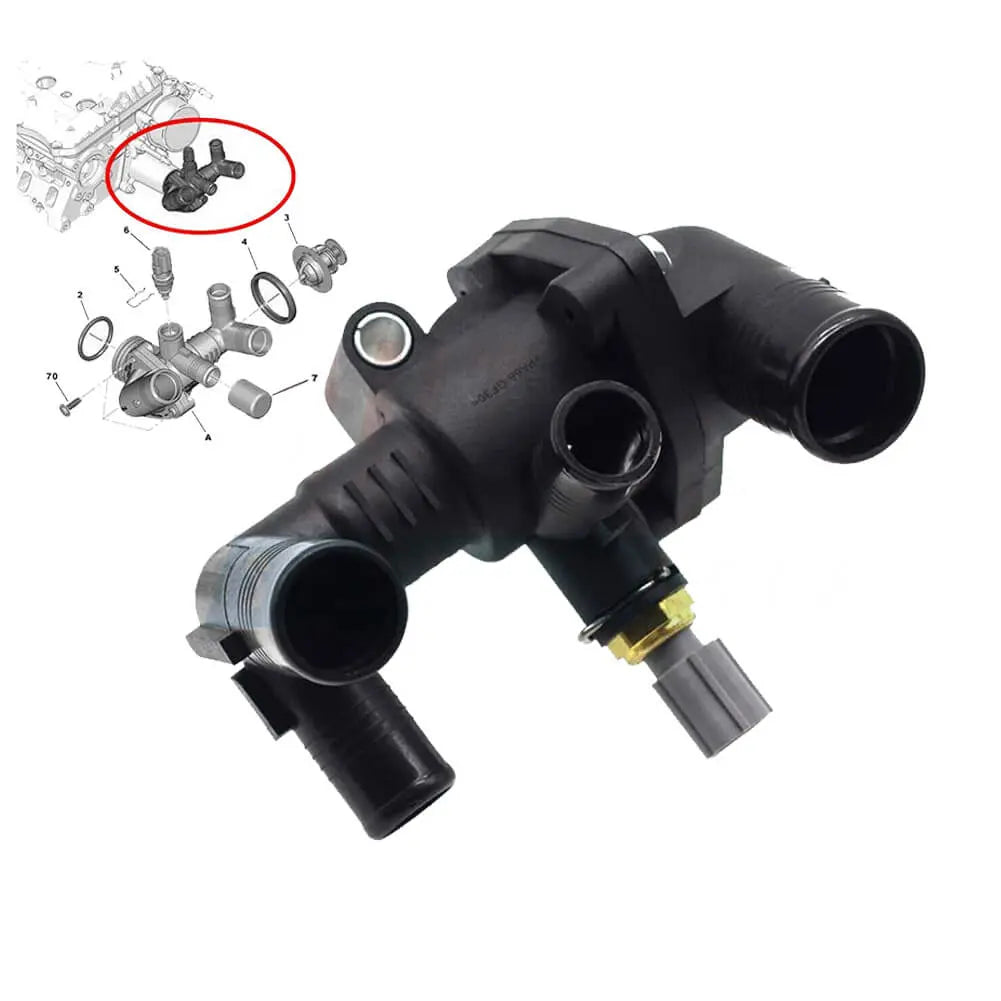
Thermostat Housing With Switch For Ford Transit Custom Transit Mk7 Transit V363 2.2 TDCi - BK2Q8594AA
Sale price£24.90
Regular price£29.99
No reviews
In stock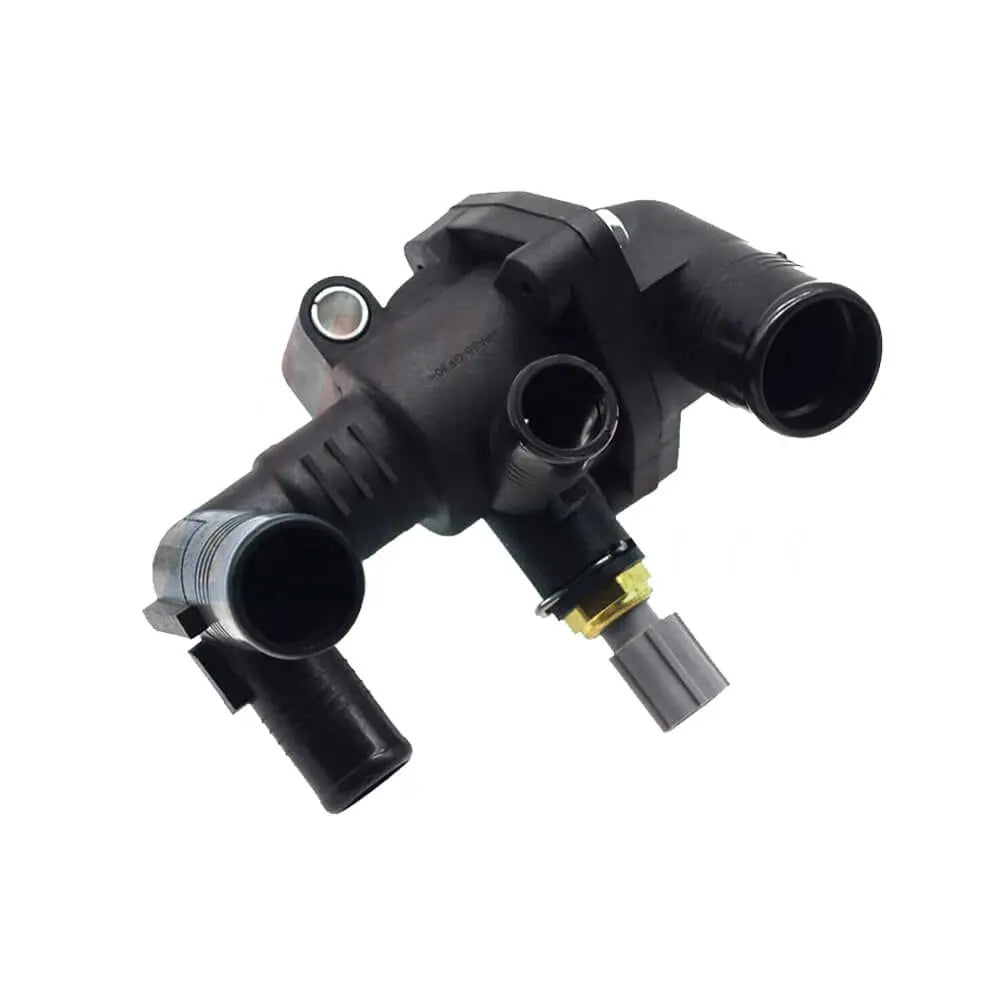
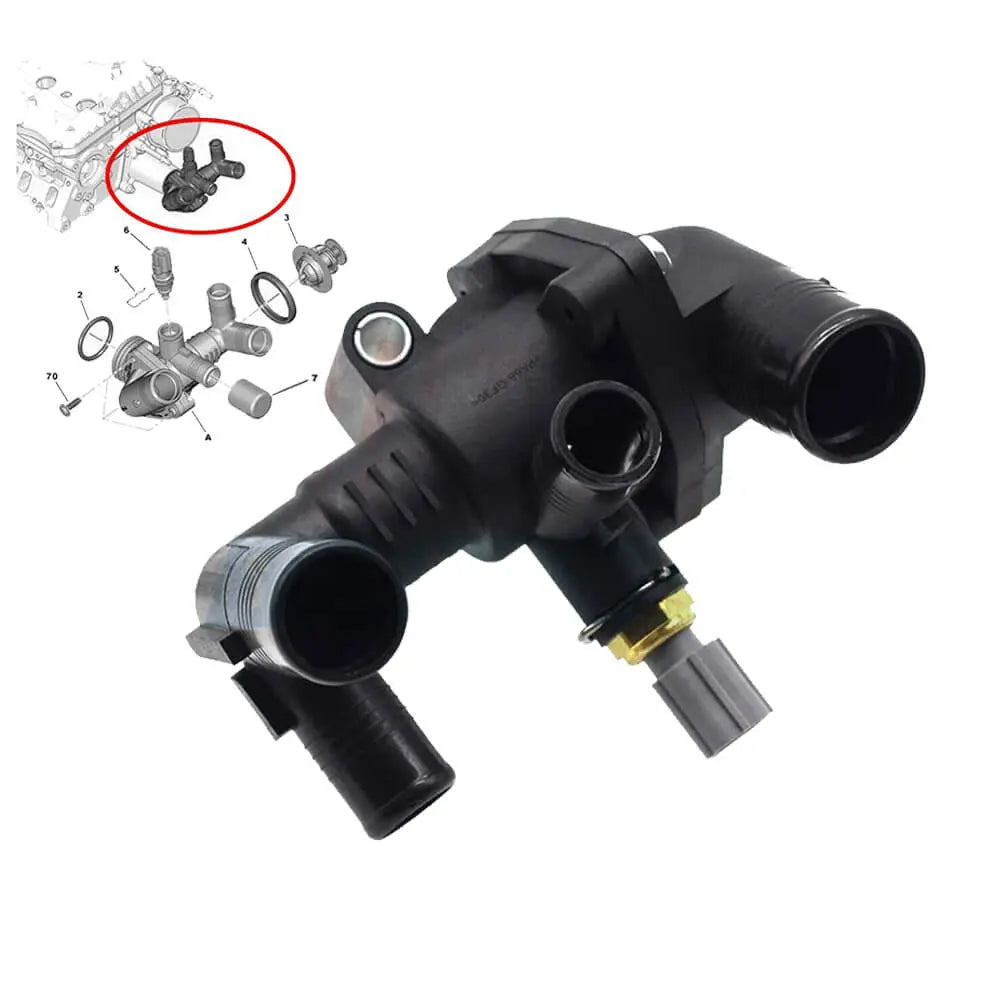
Thermostat Housing With Switch For Citroen Relay (2011 - onwards) 2.2 HDi - 9678741380, BK2Q8594AA
Sale price£24.90
No reviews
In stock

Intake Manifold O-Ring Gaskets Set For Mazda 3 1.6 DI Turbo 1.6 MZ-CD (2004 - 2009) Y64513246
Sale price£14.90
No reviews
In stock
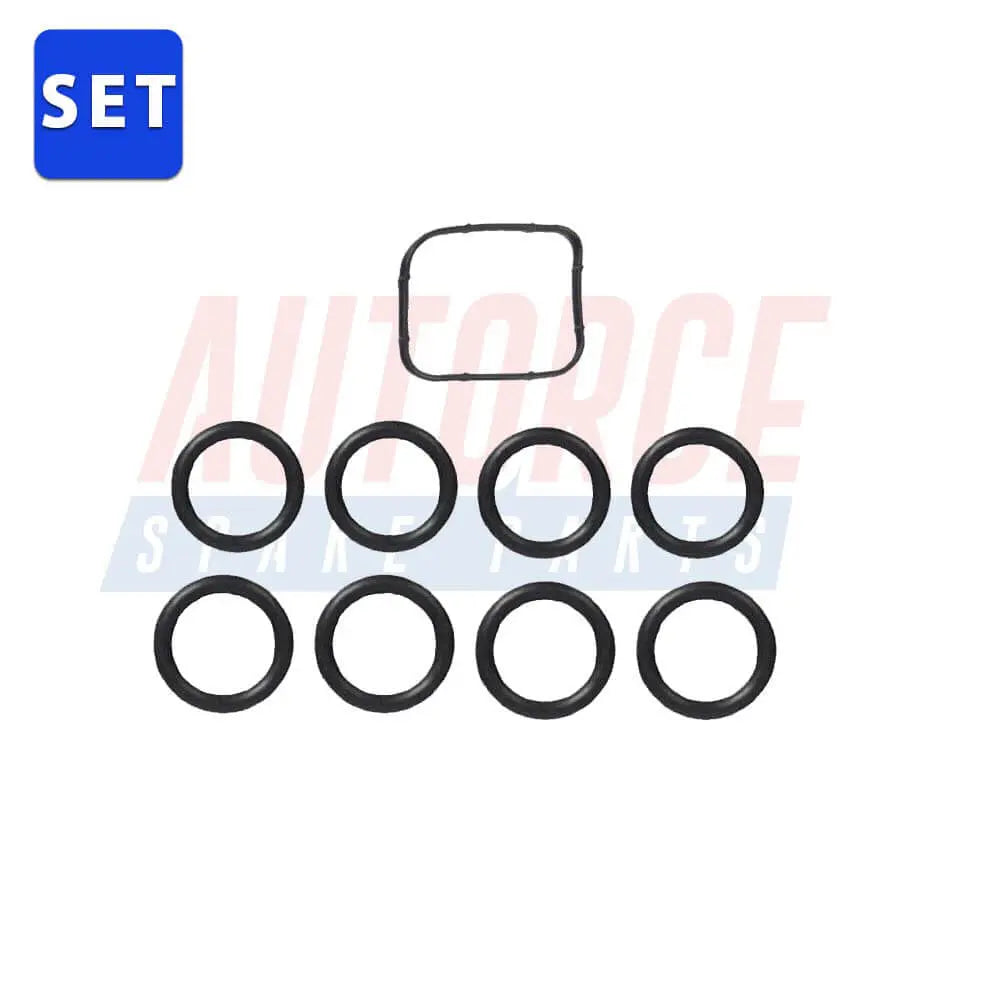
Intake Manifold Gasket Set For Peugeot Expert Partner 1.6 HDi (2005 - Onwards) 0348.S5
Sale price£11.90
No reviews
Hurry! Stock running out!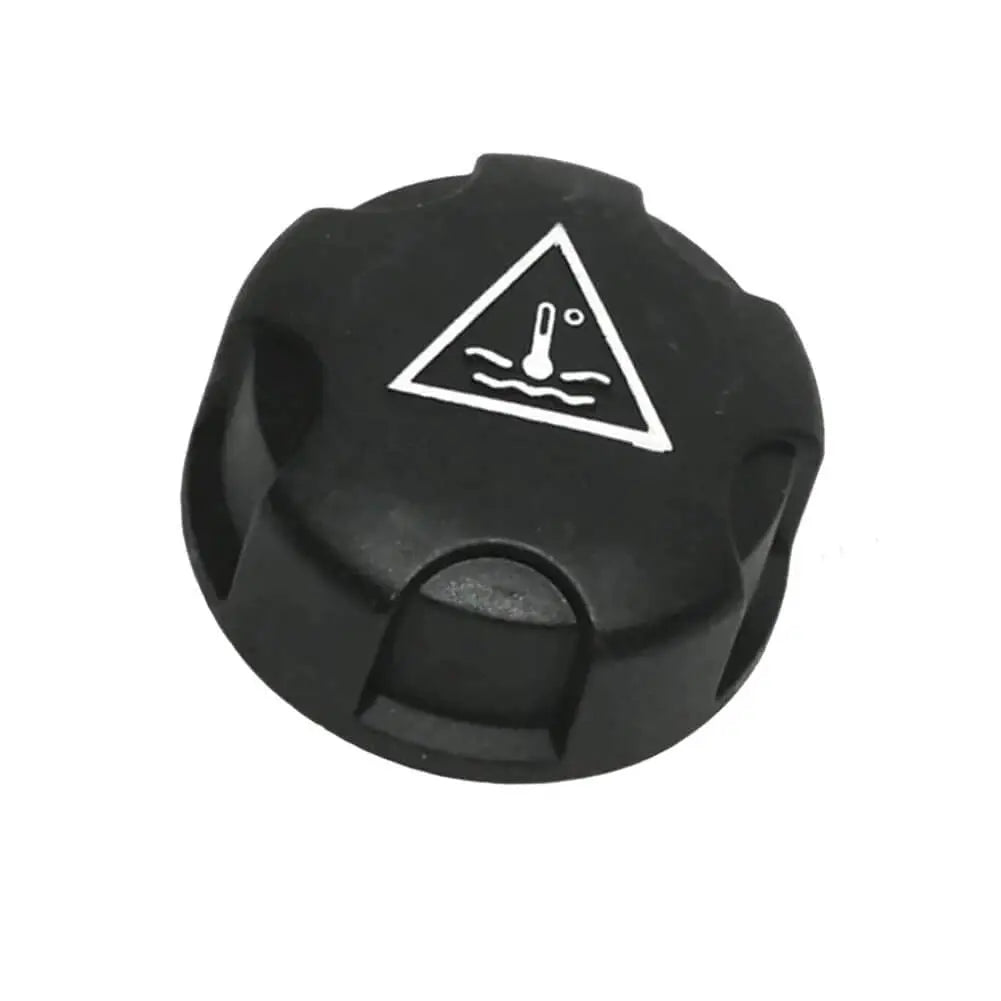
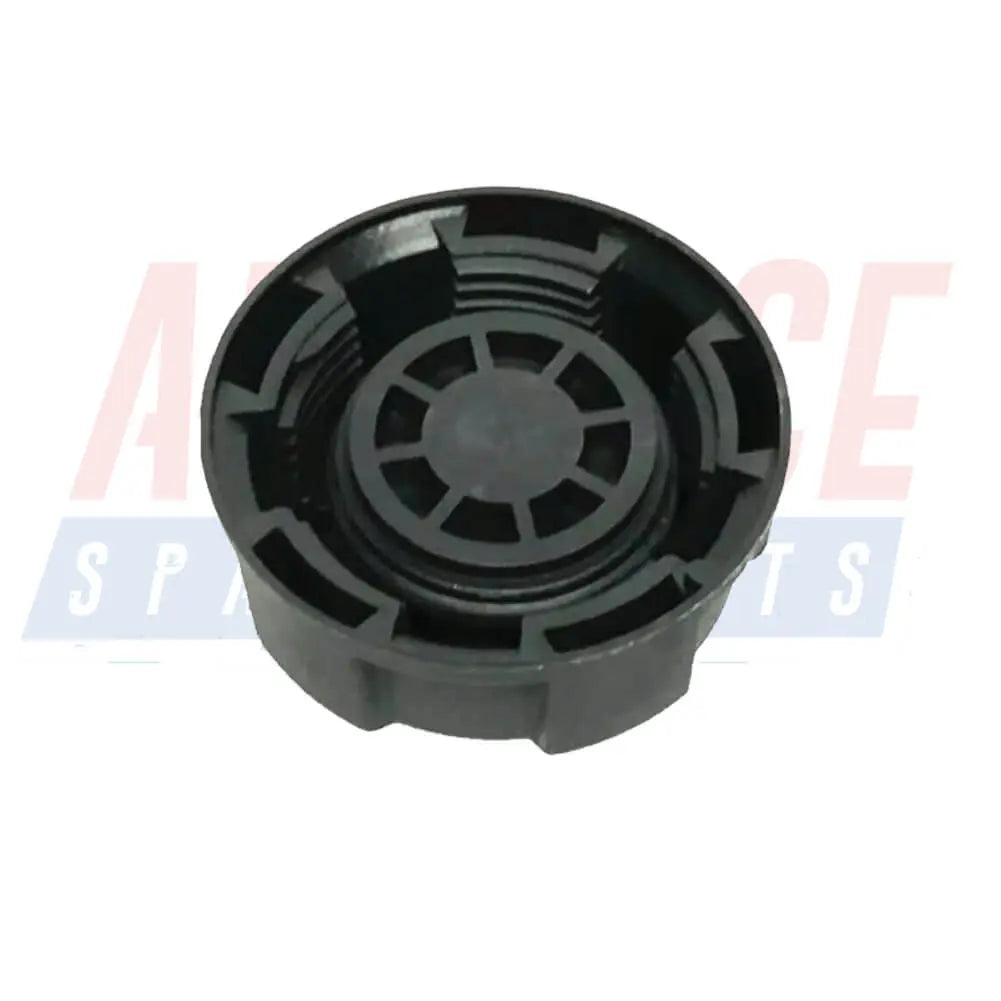
Radiator Water Tank Cap For Fiat Scudo Ulysse (1996 - Onwards) 9638001280, 1306J5
Sale price£7.89
No reviews
Sold out
Filters (0)

